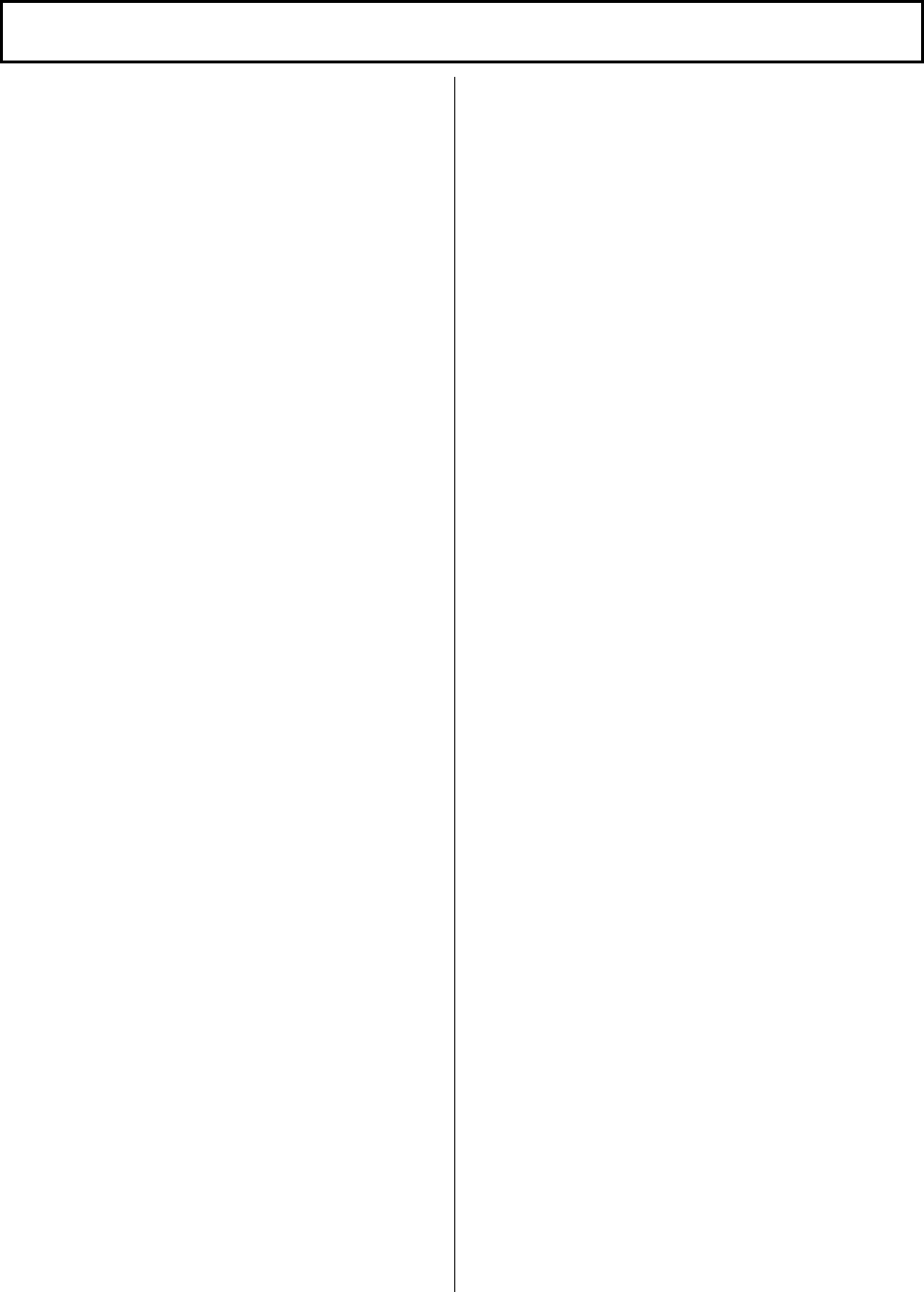
A - 12 A - 12
(Related Manual-1) … Q Corresponding Serial Communication Module User's Manual (Application)
SH-080007-G
1 OVERVIEW
1.1 Overview
1.2 Functions Added/Changed by Function
Version B
2 USING THE PLC CPU MONITORING
FUNCTION
2.1 Overview
2.2 About the PLC CPU Monitoring Function
2.3 Settings for Using the PLC CPU Monitoring
Function
2.4 Precautionary Notes for Using the PLC CPU
Monitoring Function
3 COMMUNICATIONS BY THE MODEM
FUNCTION
3.1 Overview
3.2 System Configuration
3.3 Specifications
3.4 Start-up of the Modem Function
3.5 Sample Programs
4 RECEIVING DATA WITH AN INTERRUPT
PROGRAM
4.1 Settings for Receiving Data Using an Interrupt
Program
4.2 Interrupt Program Startup Timing
4.3 Reception Control Method Using an Interrupt
Program
4.4 Programming
5 CHANGING SEND AND RECEIVE DATA
LENGTH UNITS TO BYTE UNITS
(WORD/BYTES UNITS SETTING)
6 CHANGING THE DATA COMMUNICATIONS
MONITORING TIMES
6.1 No-Reception Monitoring Time (timer 0)
Setting
6.2 Response Monitoring Time (timer 1) Setting
6.3 Transmission Monitoring Time (timer 2)
Setting
6.4 Message Wait Time Setting
7 DATA COMMUNICATIONS USING DC CODE
TRANSMISSION CONTROL
7.1 Control Contents of DTR/DSR (ER/DR)
Signal Control
7.2 Control Contents of DC Code Control
7.3 Precautions when Using the Transmission
Control Functions
8 DATA COMMUNICATIONS USING HALF-
DUPLEX COMMUNICATIONS
8.1 Half-duplex Communications
8.2 Data Transmission and Reception Timing
8.3 Changing the Communication System
8.4 Connector Connections for Half-duplex
Communications
8.5 Half-duplex Communications Precautions
9 CONTENTS AND REGISTRATION OF THE
USER FRAMES FOR DATA COMMUNICATION
9.1 User Frame Types and Contents During
Communication
9.2 Transmission/Reception Processing Using
User Frame Register Data
9.3 Precautions when Registering, Reading,
Deleting and Using User Frames
9.4 Register/Read/Delete User Frames
10 ON-DEMAND DATA COMMUNICATIONS
USING USER FRAMES
10.1 User Frame Data Communications Function
10.2 User Frame Types and Registration
10.3 User Frame On-Demand Data Transmission
and Buffer Memory Used
10.4 On-Demand Function Control Procedure
During User Frame Use
10.5 Example of an On-Demand Data
Transmission Program Using User Frames
11 DATA COMMUNICATIONS USING USER
FRAMES
11.1 Overview of Data Communication
Procedure
11.2 Data Reception
11.3 Receive Program
11.4 Data Transmission
11.5 Transmission program
12 TRANSPARENT CODES AND ADDITIONAL
CODES
12.1 Handling the Transparent Code and
Additional Code Data
12.2 Registering Transparent Codes and
Additional Codes
12.3 Handling Transparent Codes and Additional
Codes During Non Procedure Protocol Data
Communication
12.4 Example of Data Communication Using the
Non Procedure Protocol
12.5 Handling Transparent Codes and Additional
Codes During Bidirectional Protocol Data
Communication
12.6 Example of Data Communication Using the
Bidirectional Protocol


















